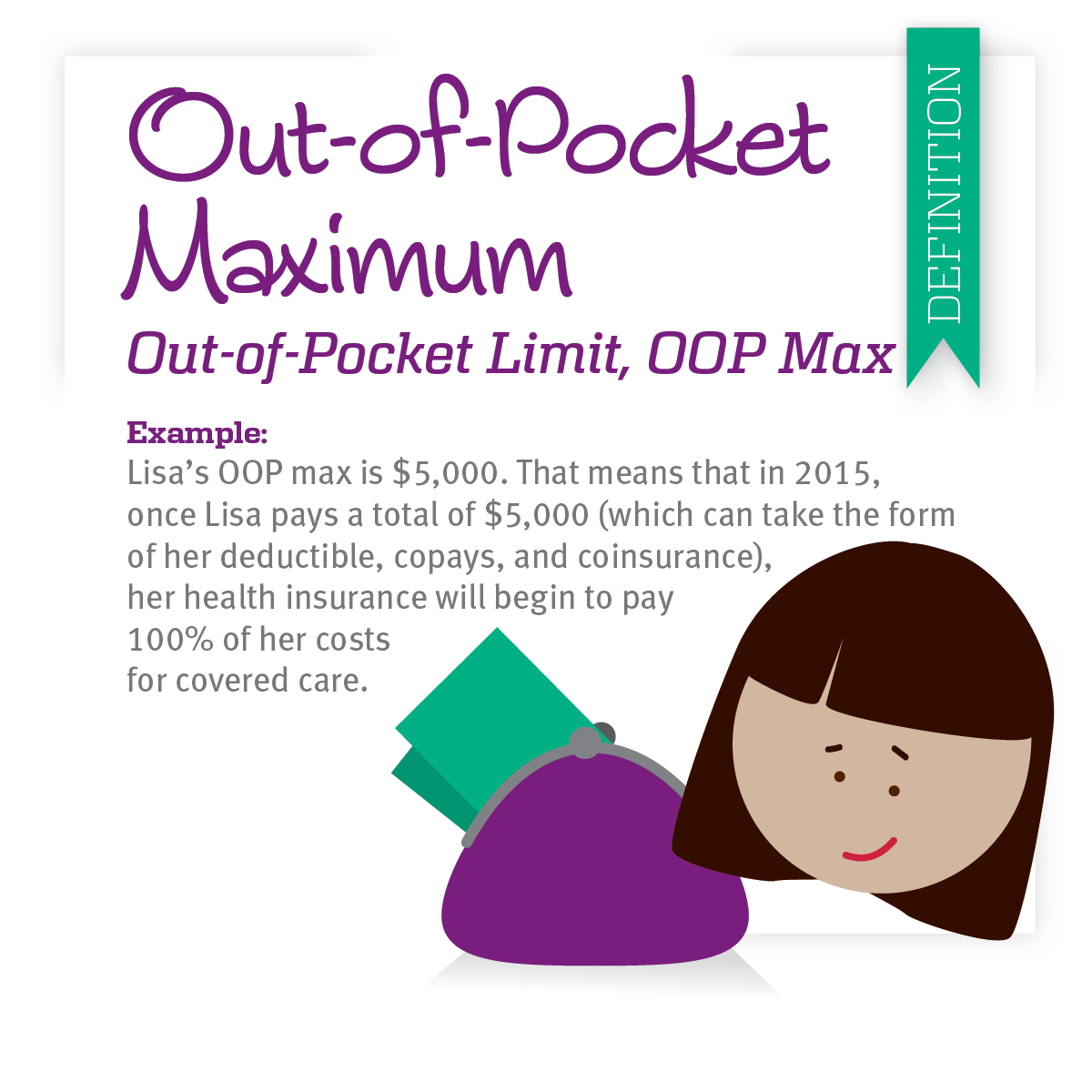What is a copayment?
However, this doesn’t mean your health insurance will pay the entire bill and you won’t have to pay anything. Even though you’re done paying your deductible for the year, you may still owe coinsurance until you've met your plan's maximum out-of-pocket for the year (in most cases, coinsurance applies to services that would count towards the deductible if you hadn't already met it for the. Features of Co-Pay Health Insurance: It is an amount paid (or a percentage of the total) for certain medical treatments and medication, while under the A part of the expense is taken care of by the insured, and the majority is paid for by the insurer. Programs available are; Medical insurance, dental insurance, Vision, life insurance, disability insurance, as well as Section 125 Plans and COBRA administration. HealthPass is an excellent program for small business owners who want to offer several health plan options to his or her employees without the hassle of multiple bills. Oscar Health Insurance was created to give customers a new, simple way to get health insurance and affordable care. Its plans include perks for things like reaching a fitness goal. Oscar puts a strong emphasis on technology to cater to customers’ needs and add convenience to health care.

10 Copay Health Insurance
A copayment is a defined dollar amount a patient pays for medical expenses. With many health insurance plans, a patient pays 100 percent of costs out-of-pocket until they have met their deductible. After meeting the deductible, a patient pays a copayment (often shortened to “copay”).
Do I pay the same copayment for all types of healthcare services?
No. Health insurance plans set different copay amounts for different types of services, such as an emergency room visit vs. an office visit. For prescription drugs, most plans define different copayments for different categories (formulary tiers) of drugs. For example, a plan might have a $10 copay for a generic drug, $25 for a preferred brand-name drug, $50 for a non-preferred brand-name drug, and $100 for a specialty drug.
Plans may also require a mixture of copayments and coinsurance. For example, you may have a copayment for prescription drugs, but coinsurance for a hospital stay. And, insurance plans sometime “stack” copayments and coinsurance. For example, you might pay a baseline copayment of $100 for a hospital stay plus 20 percent of charges for healthcare services you receive during your stay.
Copayment Definition Health Insurance
Do copayments vary if I go to an in-network vs. out-of-network provider?
Health Insurance Copay Meaning Medical
Yes, almost all health insurance plans require the patient to pay more for an out-of-network service. Check your certificate of insurance, certificate of coverage, or summary plan description (SPD) to understand what portion of a given medical expense you will be responsible for paying. Some plans might not cover a service provided by an out-of-network. Others may require the covered individual to pay the difference between charges from an in-network and an out-of-network provider.

